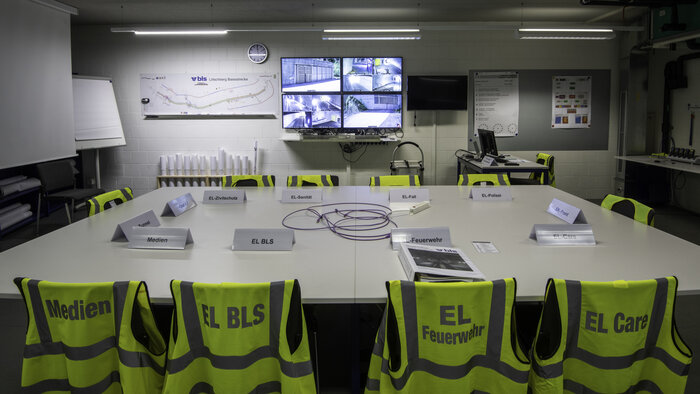«Know your tunnel» is one of the most important teachings of the International Fire Academy. In this article, we provide suggestions on how firefighters can organise and design inspections of railway and road tunnels and what needs to be considered.
Why tunnel inspections are useful
Tunnel inspections make a vital contribution to the safety of firefighters: The better emergency personnel know their tunnel, the better they can orientate themselves during operations in the facilities, recognise hazards and use safety equipment such as hydrants.
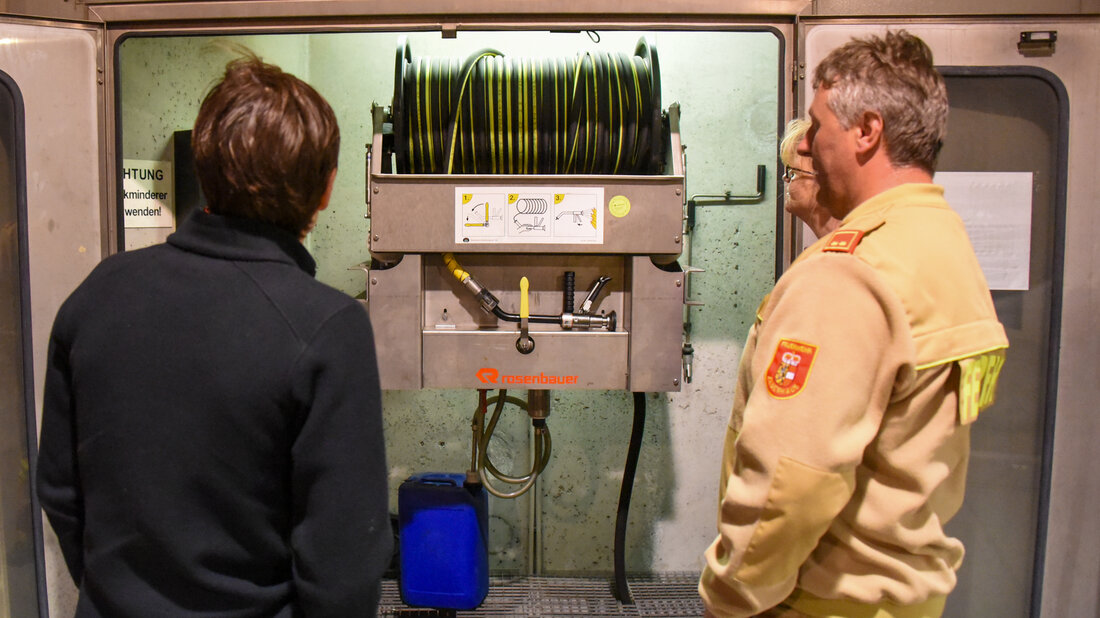
In practice, there are many variants of tunnel inspections
Tunnel inspections can be organised in different ways. At its simplest, the participants walk a little stretch through tubes and tunnels. They will learn, for example, how high the kerbs are, where there are tripping hazards and what is hidden behind the doors of SOS cabins.

Fascinating glimpses behind the scenes
An inspection also includes a look into the utility and technical rooms of tunnels. They can also be affected by fire incidents. Then it is helpful to have already seen electrical service rooms, extinguishing and ventilation systems.
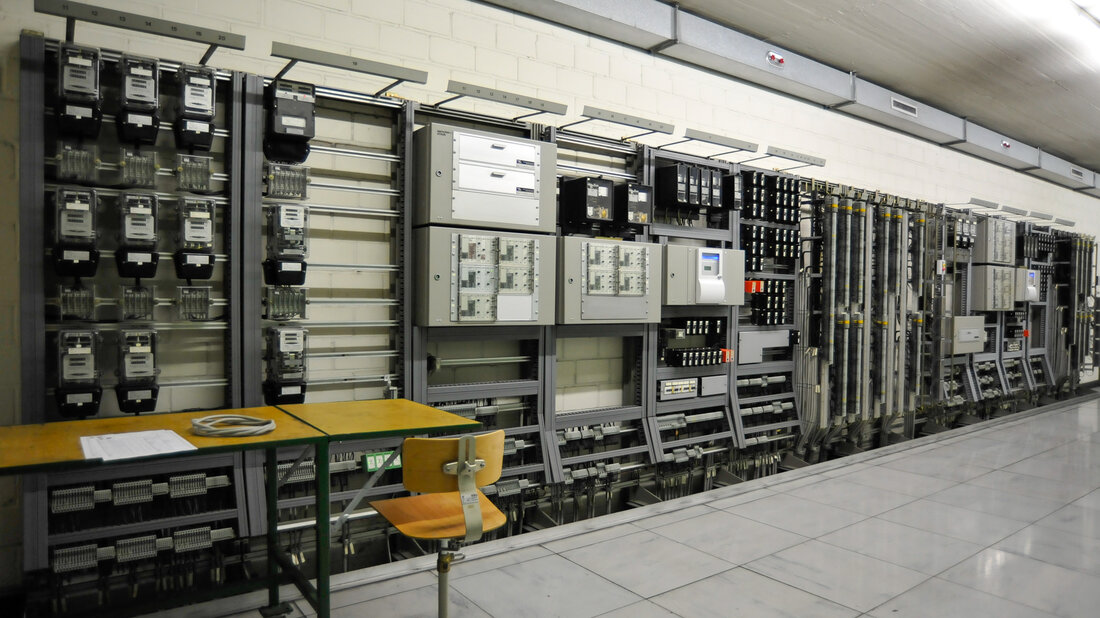
People control tunnels
Many fire services also use inspections to talk to the people they have to work closely with in case of an incident. Be it tunnel managers, safety officers, technicians, employees in the tunnel control centres or colleagues from the emergency medical service and the police. It promotes mutual understanding of the different needs and possibilities.
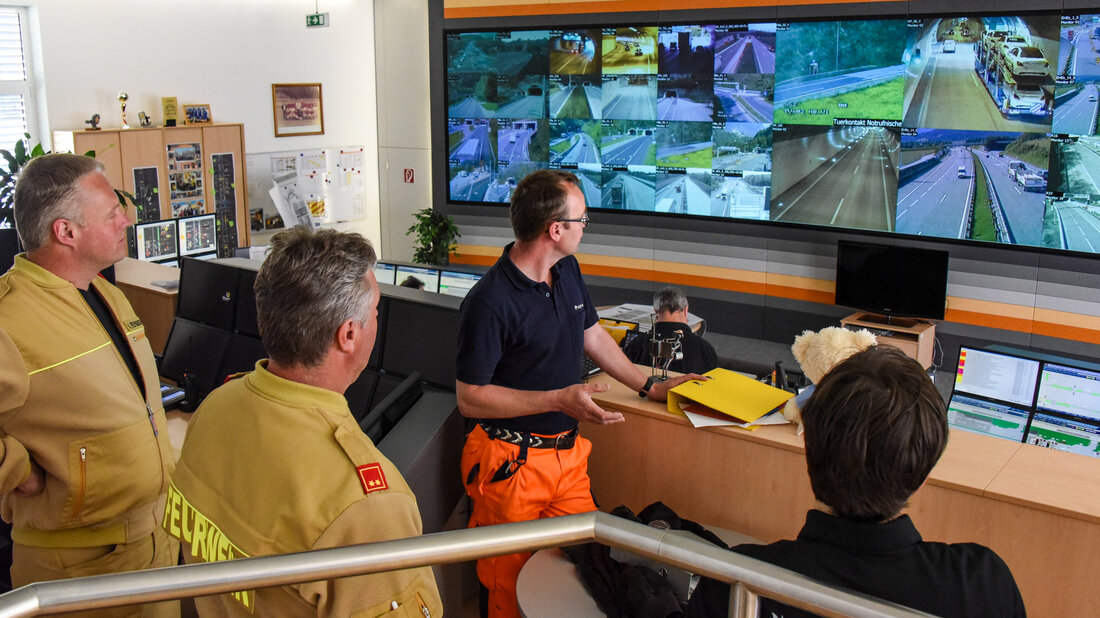
Small drills with significant insights
Inspections can be expanded into small drills. For example, an attack line can be laid through an emergency exit from one tube to another. It will immediately raise practical questions that provide tangible insights: Where should the fire engine be located? Where should the line be laid to prevent it from being a tripping hazard? What are the consequences if the door can no longer be closed because of the hose line?
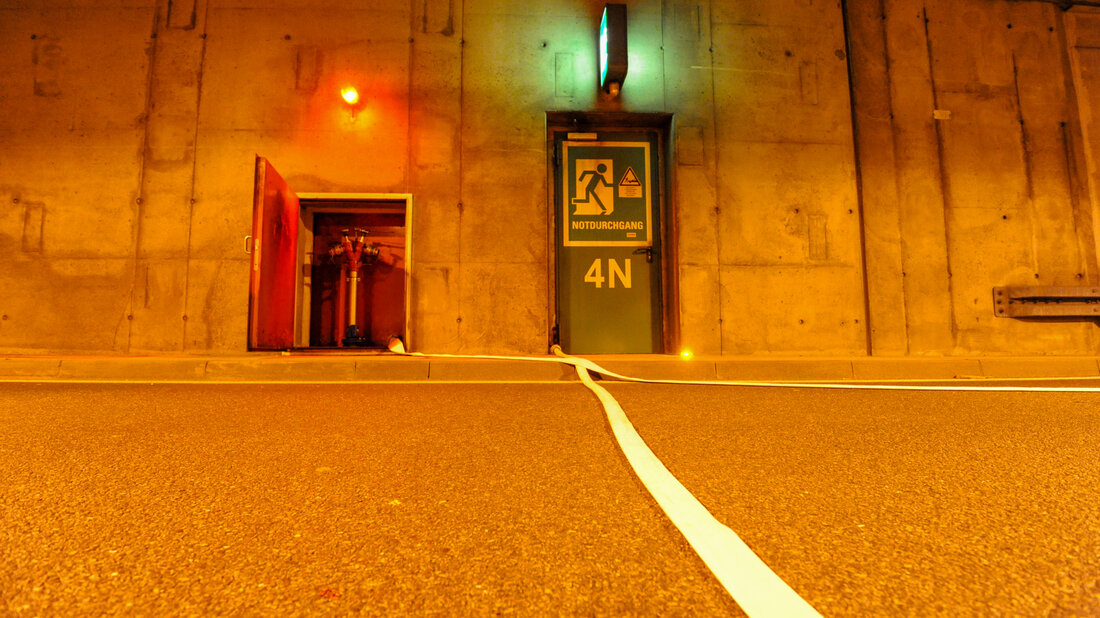
Use maintenance periods for inspections
Inspecting a tunnel while traffic is moving would not only be impractical but also dangerous. It is why most fire services use maintenance periods in the early evening when the tunnels are closed to public traffic anyway. We recommend contacting the tunnel carrier at an early stage and jointly considering which parts of the tunnel can be used for inspections or short drill sequences without maintenance work and fire service activities interfering with each other. In our experience, this is possible during all maintenance work, as work is not carried out in all areas of the tunnel simultaneously. However, the schedule must be discussed and well-planned beforehand.
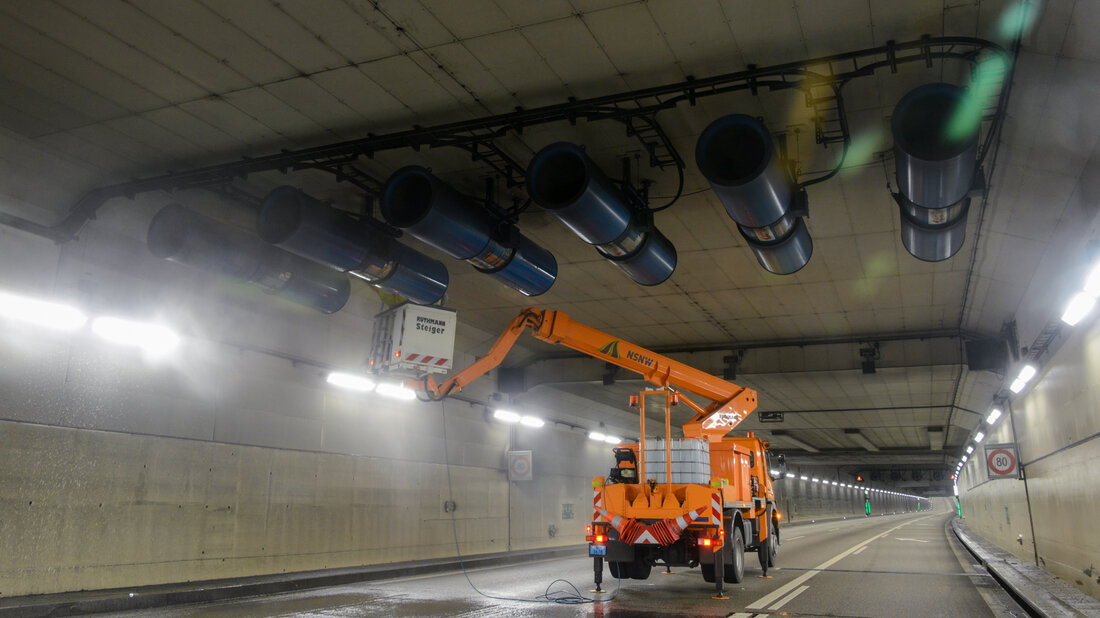
Inspections of railway tunnels are particularly important
Most firefighters have at least a visual impression of "their" road tunnels because they drive through them more or less frequently themselves. Railway tunnels, on the other hand, are usually only very dimly lit. Therefore, travelling through them in a train gives little insight into their nature, let alone an impression of how challenging it is to walk on ballast or cable ducts, for example. It must be said, however, that railway tunnels tend to have fewer maintenance periods than road tunnels. However, many railway companies are prepared to allow short closures to enable access, but this must be carefully planned.
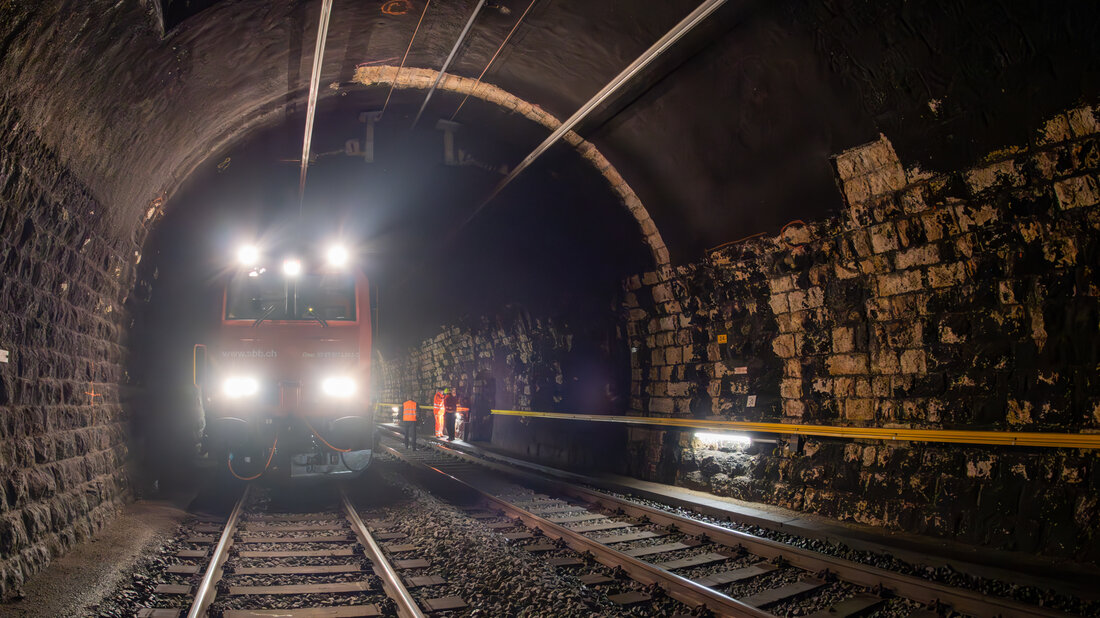
Frequencies are also a question of organisational effort
Extensive inspections and visits are associated with a great deal of organisational effort, especially in the case of railway tunnels. Therefore, these can only take place less frequently. In this case, it makes sense to organise as many participants as possible, such as members of all fire services that could be deployed to the tunnel in question.

Include outdoor facilities as well
Depending on the tunnel system, it may also be worth visiting the outdoor facilities. Especially in urban railway systems, there are amazing things to discover, such as escape routes that lead from a tunnel into residential buildings or, for example, a park.

Inspections are important for all emergency personnel
Tunnel inspections are important for all emergency personnel who may be deployed in a tunnel. Even officers who remain outside the tunnel in an emergency should have walked the long route from one emergency exit to the next to know the strain they sometimes place on their crew.
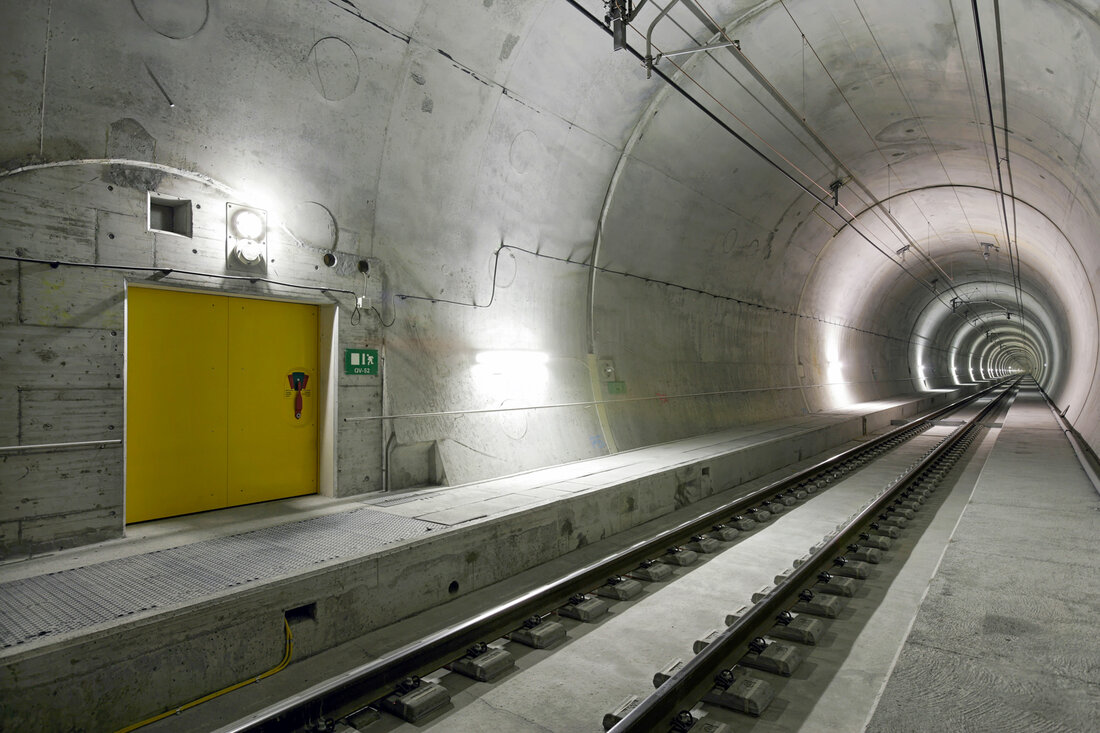
Road tunnels: Many small inspections for a lasting effect
In road tunnels, inspections can be easily integrated into the maintenance schedules. It is therefore advisable to organise short inspections or drills as often as possible. With appropriate preparation together with the tunnel operators, they can be carried out at the start of maintenance work or tunnel closures and thus not too late in the evening.
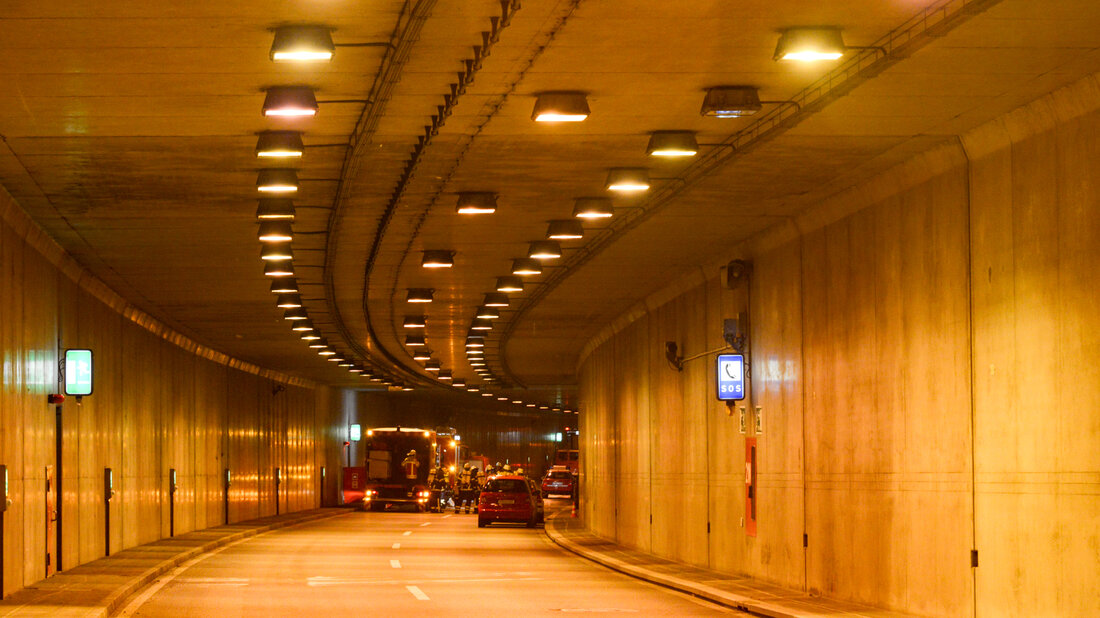
During the construction phase, regular inspections are required
During the construction phase, a tunnel's hazardous situations and operating conditions are constantly changing. Fire services responsible for fire defence or technical assistance in this phase should inspect the tunnel regularly.
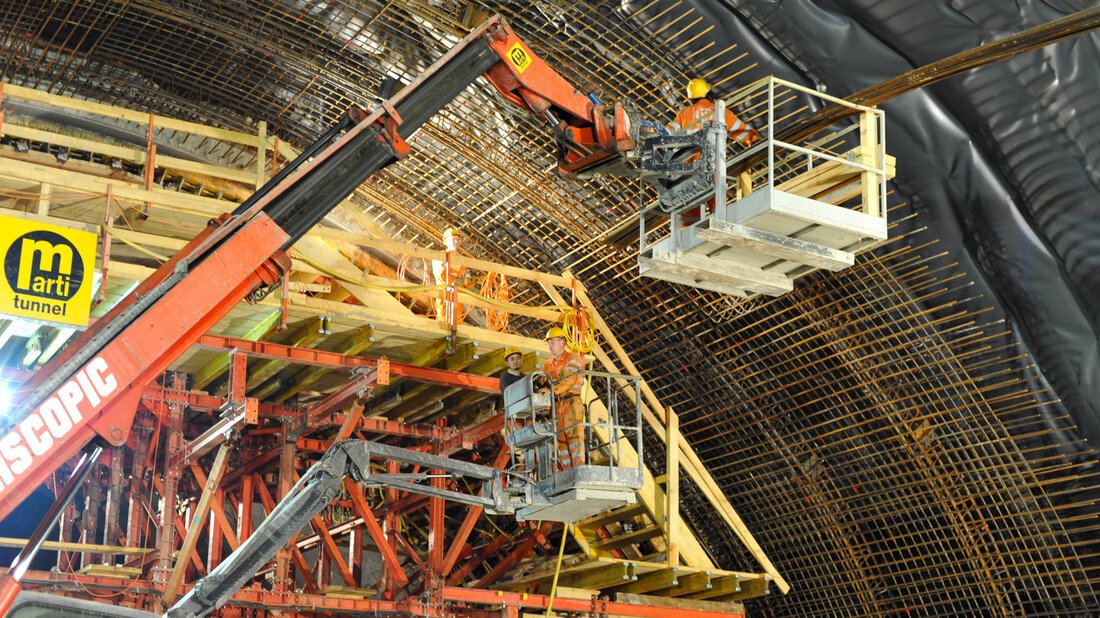
High motivation of firefighters
In our experience, tunnel inspections are highly motivating for firefighters. Not only because they offer the opportunity to better prepare for deployments but also because they provide exciting and often exclusive insights into hidden worlds. After all, most tunnels consist of far more infrastructure components than the tubes visible to all users.
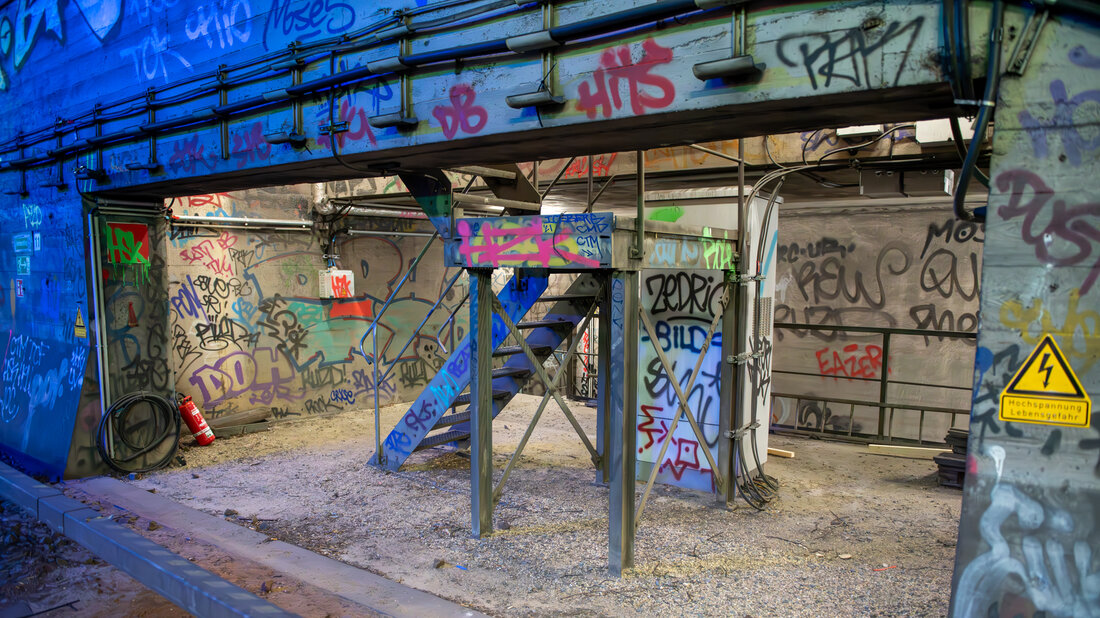
Inspections for operational planning
Finally, inspections are an essential prerequisite for detailed operational planning. To do this, it is not enough to walk through the facilities and closely examine individual parts of them. Many questions must be clarified, such as the carrier's emergency procedures, ventilation control, emergency lighting or communication installations. Comprehensive checklists for this can be found in our two textbooks «Firefighting Operations in Railway Tunnels» and «Firefighting Operations in Road Tunnels».




